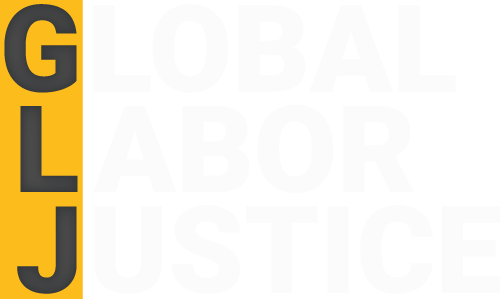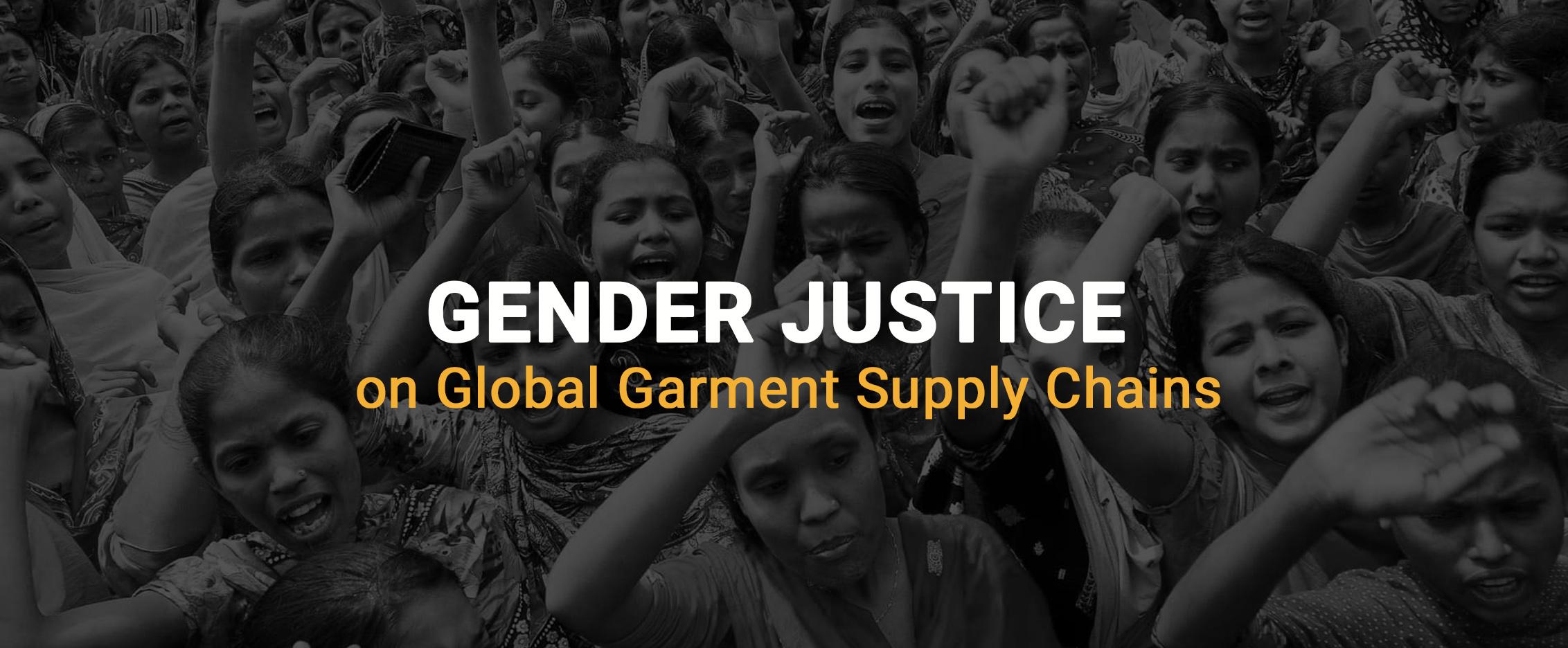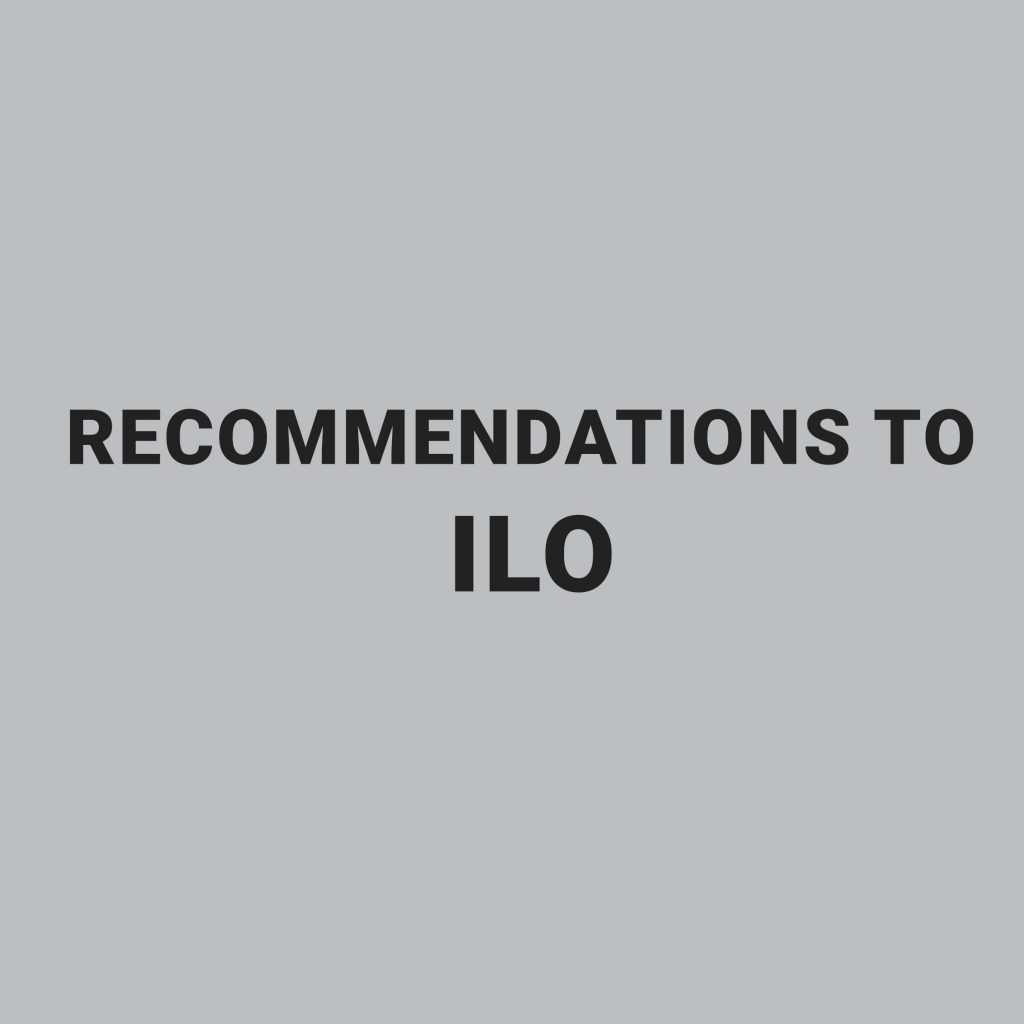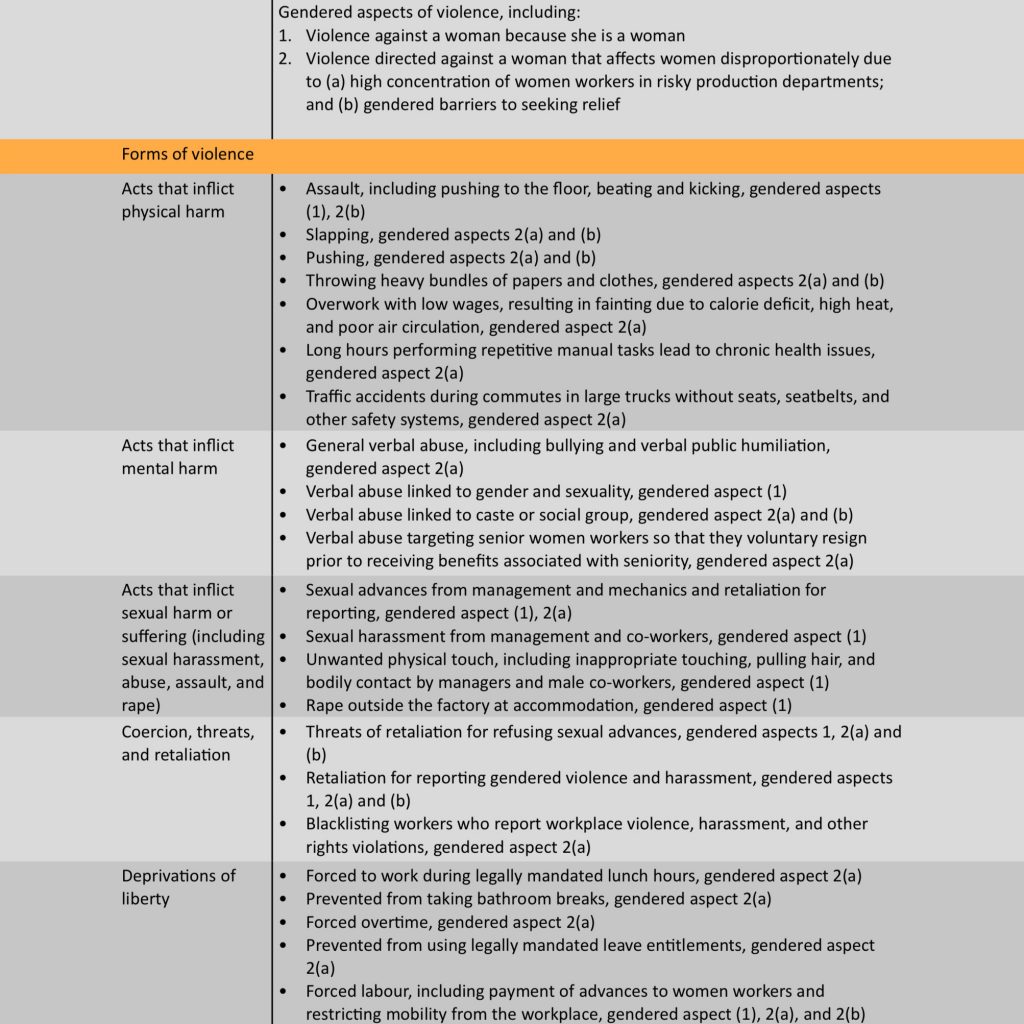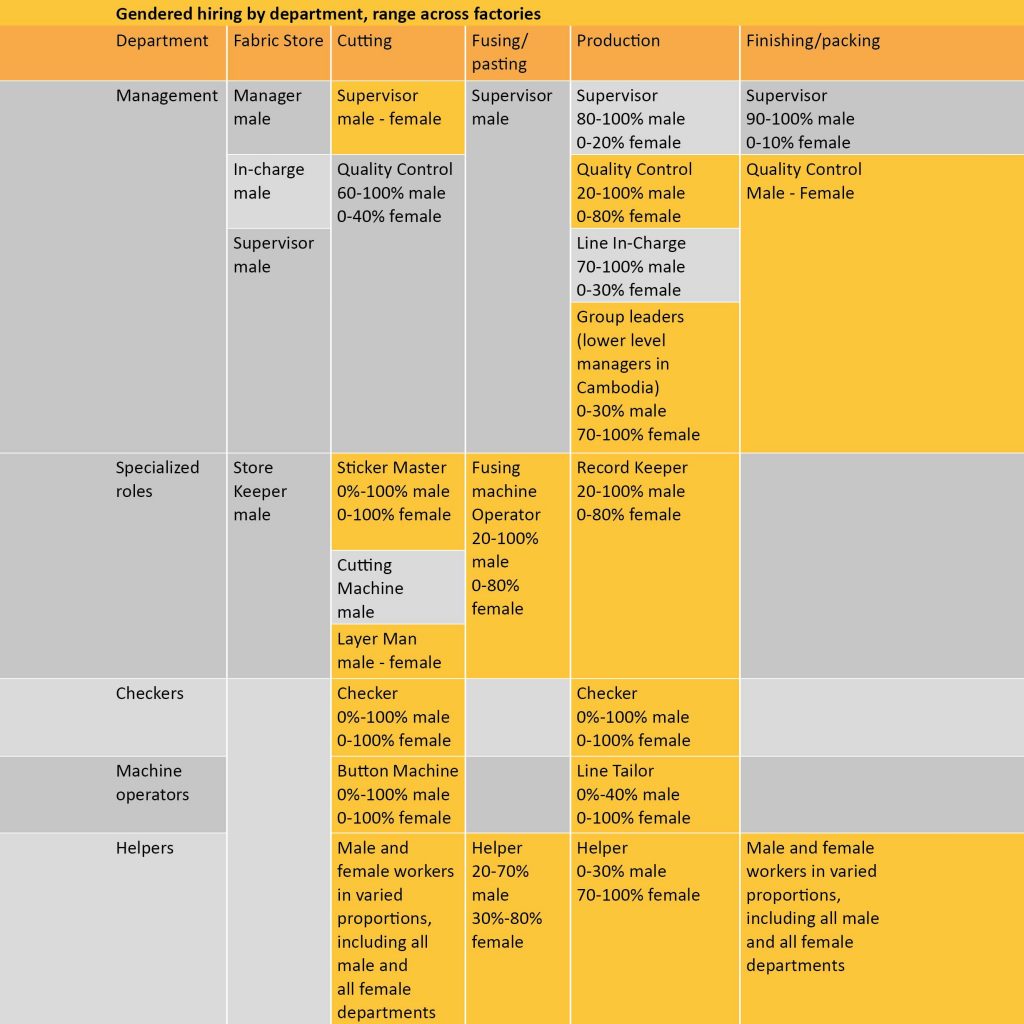Gender Justice on Garment Global Supply Chains: An Agenda to Transform Fast Fashion
Transforming the world of work to meet the challenges posed by global inequality and the gender gap requires a gender lens. More importantly, the leadership of women in trade unions and civil society organizations is a must to face these challenges alongside the rise of fascism, xenophobic nationalism, and climate change.
The Global Labor Justice series, Gender Justice on Garment Global Supply Chains: An Agenda to Transform Fast- Fashion, lays out six pillars of a gender justice approach. The series analyzes key barriers to gender justice and proposes a bold and transformative vision of work with dignity and economic security for women workers led by women worker leaders involved in national and regional worker organizations. Each Pillar sets out concrete solutions to advance gender justice on garment supply chains, including recommendations for new international labor standards and interpretations, and innovative roles for supplier unions, allied unions, women’s organizations, human rights organizations, and consumers in production and retail countries.
